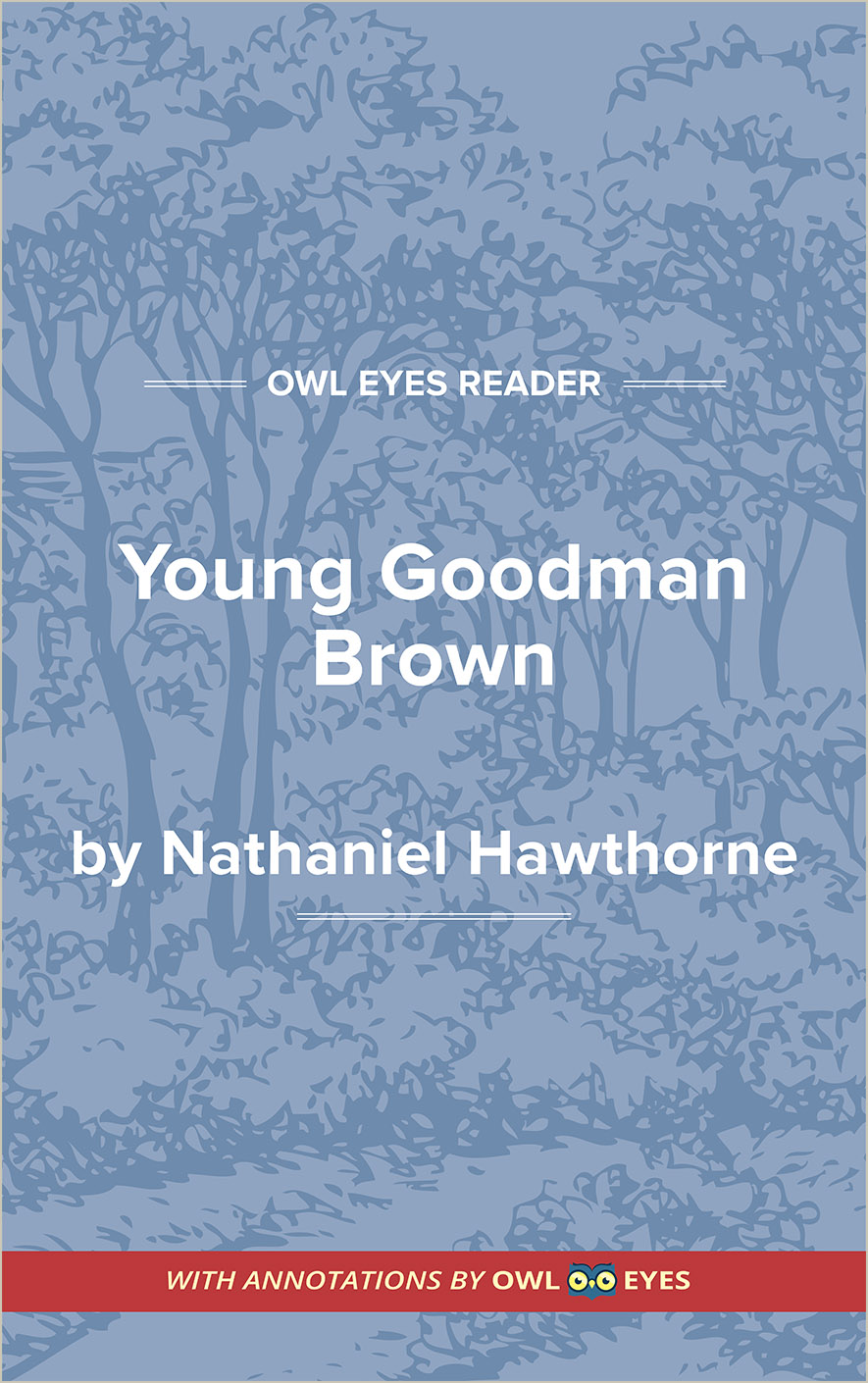Study Guide
Analysis Pages
Summary
“Young Goodman Brown” is a perfect example of Hawthorne’s favorite theme: that human nature is full of hidden wickedness. The young hero’s journey in the story is symbolic of one’s journey through life, in which each individual gradually loses his or her naïveté and innocence as a result of exposure to greed, lust, envy, perversion, and the other sins of humanity.
The crowning blow to Brown’s naïve conception of the world comes when he discovers that his own meek and innocent wife, Faith, is one of the celebrants at the Walpurgis Night orgy. As is often the case, Hawthorne treats his theme with a tongue-in-cheek humor which arises mainly from the contrast between people’s real characters and the false faces they present to the world. The humor is vital to this story; the reader is enticed along the forest pathway by an illusion of frivolity and comes to realize the full horror intended only after finishing the last page.
Stories such as this entitle Hawthorne to be considered one of the principal founders of the modern short story, a form of literature in which American authors have excelled. The essence of a modern short story, as defined by Edgar Allan Poe in a newspaper review of Hawthorne’s Twice-Told Tales , is that every detail contributes to a single effect. Prior to Hawthorne’s time, short stories tended to be episodic and loosely structured, often resembling essays. The single effect of a modern short story can be produced by the overall mood, as is often the case in the works of the Russian writer Anton Chekhov, or by a surprising or shocking ending, as is usually the case in the stories...
(The entire page is 420 words.)
Owl Eyes subscribers get unlimited access to our expert annotations, analyses, and study guides on your favorite texts. Master the classics for less than $5/month!

